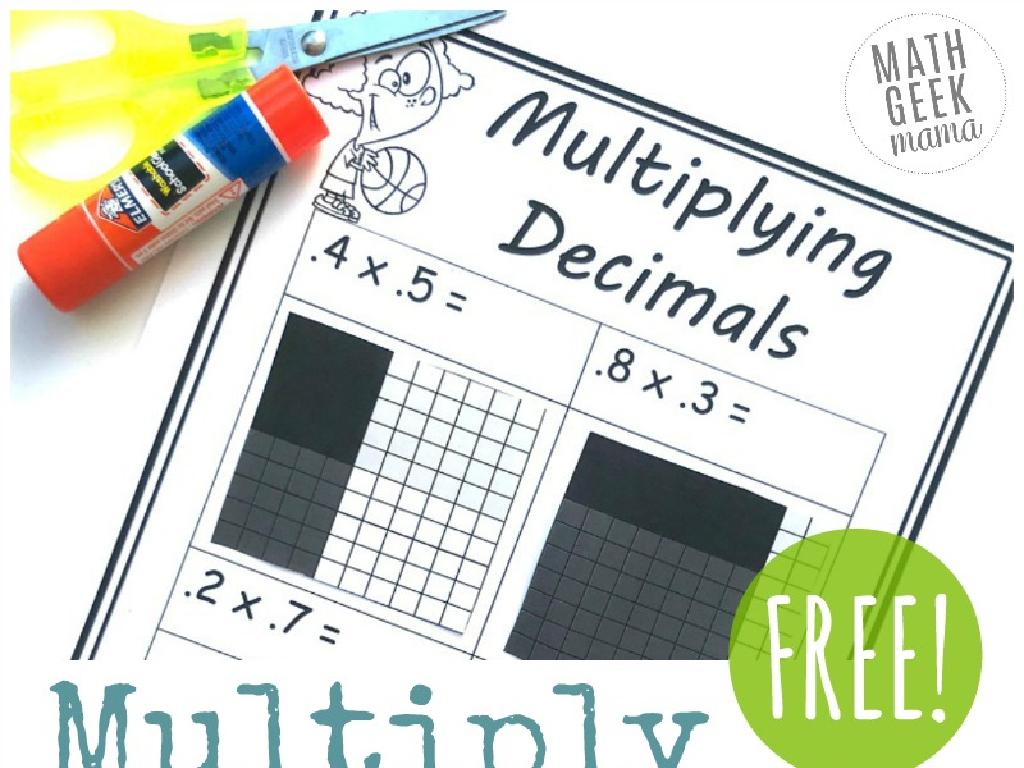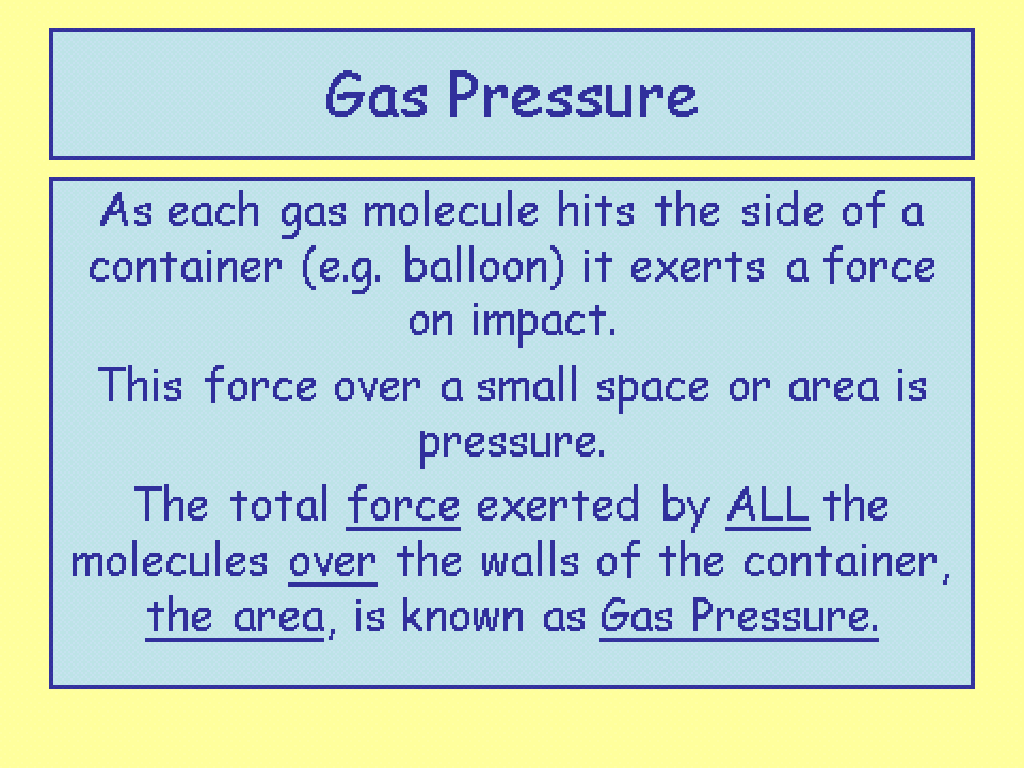Unit Prices
Subject: Math
Grade: Seventh grade
Topic: Consumer Math
Please LOG IN to download the presentation. Access is available to registered users only.
View More Content
Understanding Unit Prices
– What are unit prices?
– Price per single unit of measure, like per ounce or per liter.
– Importance of unit prices
– Helps compare costs and find better deals.
– Calculating unit prices
– Divide total price by quantity to find unit price.
– Real-life unit price applications
– Used in grocery shopping, fuel purchases, and bulk buying.
|
This slide introduces the concept of unit prices, a fundamental aspect of consumer math that allows for cost comparison on a per-unit basis. Understanding unit prices helps consumers make informed decisions and save money by finding the best deals. Teach students how to calculate unit prices by dividing the total cost by the number of units. Emphasize the practicality of this skill in everyday situations such as grocery shopping, comparing prices of different brands, or deciding whether to buy in bulk. Provide examples and encourage students to practice with real-life scenarios to solidify their understanding.
Understanding Unit Prices
– Define Unit Price
– Price per single unit of measure, like $/lb, $/oz, etc.
– Calculating Unit Price
– Divide the total price by the quantity to find unit price.
– Everyday Examples
– Price of milk per gallon, or cereal per ounce.
– Comparing Costs
– Use unit prices to determine which product is more economical.
|
This slide introduces the concept of unit price, which is a critical skill for making informed and economical choices while shopping. Start by defining unit price as the cost per single unit of measure, which allows consumers to compare prices regardless of package size. Demonstrate how to calculate unit price by dividing the total price by the quantity. Provide relatable examples such as the cost of milk per gallon or cereal per ounce to illustrate the concept. Emphasize the importance of comparing unit prices to find the best deal and stretch their budget further. Encourage students to practice this skill during their next shopping trip and share their experiences in class.
Calculating Unit Prices
– Steps to calculate unit prices
– Divide total cost by number of items to find price per unit.
– Use division for unit price
– Total price ÷ Quantity = Unit price.
– Practice: 12-pack soda unit price
– If a 12-pack soda costs $4.80, what’s the price per can?
|
This slide introduces the concept of unit pricing, a crucial skill in consumer math that allows students to determine the cost per single unit of an item. Start by explaining the step-by-step method to calculate unit prices, emphasizing the use of division. Provide a clear example, such as dividing the total cost of a product by the number of items in the package. For the practice problem, guide students through the process of calculating the unit price of a 12-pack soda. Encourage them to apply this method to different scenarios and discuss why understanding unit prices is beneficial for making informed purchasing decisions.
Comparing Unit Prices
– How to calculate unit prices
– Divide the total price by the quantity to find the unit price.
– Comparing bulk vs. single items
– Bulk items may offer savings, but compare unit prices to be sure.
– Practice: Cereal brand comparison
– Brand A: $4 for 500g, Brand B: $5 for 750g. Which is cheaper per gram?
– Determining the better buy
– Use unit prices to decide which product offers the most value for money.
|
This slide aims to teach students how to calculate and compare unit prices to make informed decisions when shopping. Start by explaining the concept of unit price and its importance in everyday life. Show how to calculate it by dividing the total price by the quantity. Discuss the common misconception that bulk items are always cheaper and demonstrate how unit price comparison can reveal the truth. The practice problem with cereal brands will give students hands-on experience in comparing unit prices. Encourage students to discuss their reasoning and explain how they determined which brand offers the better value.
Unit Prices in Bulk Buying
– Bulk buying and unit price
– Buying in bulk can reduce the unit price, meaning you pay less per item.
– Is bulk buying always cost-effective?
– Sometimes, larger packs are more expensive per unit. Always check!
– Calculate unit price: toilet paper
– Find the cost per roll in packs of 6, 12, and 24.
– Comparing different pack sizes
– Use unit prices to determine which pack offers the best deal.
|
This slide aims to teach students about the concept of unit price and how it can be affected by bulk buying. It’s important to convey that while bulk buying can be cost-effective, it’s not always the case. Provide a practice problem where students calculate the unit price of toilet paper rolls in different pack sizes to apply what they’ve learned. Encourage them to compare the unit prices to determine which size offers the best value for money. This exercise will enhance their consumer math skills, enabling them to make informed decisions when shopping.
Smart Shopping with Unit Prices
– Tips to save money using unit prices
– Compare unit prices to find the best deal
– Avoid marketing traps with unit price savvy
– Beware of ‘sale’ items that may not save you money
– Class discussion on unit price experiences
– Share personal or family stories of smart shopping
– Understanding unit price benefits
|
This slide aims to educate students on the practical application of unit prices in everyday shopping to make cost-effective decisions. Start by explaining how to calculate and compare unit prices across different products and package sizes. Emphasize the importance of looking beyond marketing strategies like ‘sale’ tags, which can sometimes be misleading. Encourage a class discussion where students can share real-life examples of how they or their family members have used unit prices to make smarter shopping choices. This will help them understand the value of unit price knowledge in real-world scenarios. Provide guidance on how to initiate and facilitate the discussion, ensuring every student gets a chance to participate.
Class Activity: The Unit Price Game
– Form groups for the unit price game
– Analyze grocery flyers for best deals
– Look for price per ounce, pound, etc.
– Present your group’s findings
– Reflect on unit prices and smart shopping
– How can unit prices guide us to save money?
|
Divide the class into small groups and provide each with a set of grocery store flyers. The task is to find the best deals based on unit prices. Students should calculate the price per unit of weight or volume for various items and determine which is the most cost-effective option. After the activity, each group will present their findings, discussing how they determined the best deals. Conclude with a reflection on the importance of understanding unit prices to make smart shopping decisions. Possible activities: comparing brands, sizes, or bulk vs. individual packaging. This exercise will enhance their practical math skills and financial literacy.






